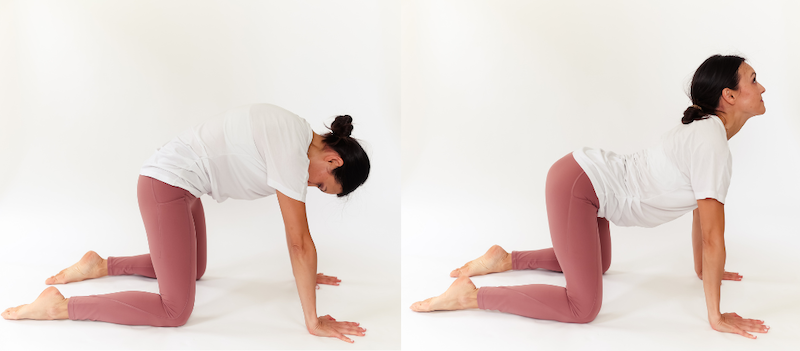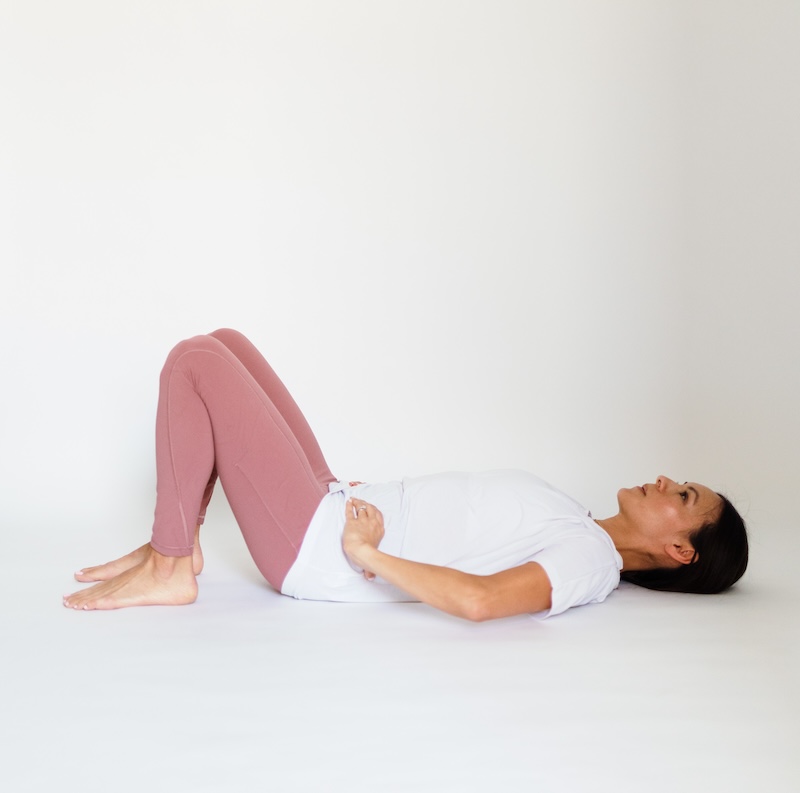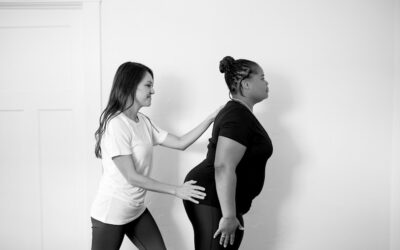Some people expect a hysterectomy will solve all their downstairs problems. And while it’s true a hysterectomy can be helpful for many concerns, it can also create new ones. Luckily, you can reduce your risk or severity of post-op problems with pelvic floor exercises after your hysterectomy.
How a Hysterectomy Affects the Pelvic Floor
After a hysterectomy, the remaining abdominal and pelvic organs shift slightly to fill the space where the uterus once was. This shift can sometimes cause other issues like incontinence, pain, or pelvic organ prolapse.
In addition, some people experience painful sex after a hysterectomy. That’s most often because a hysterectomy that includes ovary removal will send them into “surgical menopause” because of the decrease in estrogen production.
This affects the blood flow and lubrication of the vagina and pelvic floor muscles and can contribute to symptoms like:
- Changes in pelvic floor muscle strength
- Vaginal dryness
- Urinary leakage
- Decreased sexual desire or libido
A drop in estrogen also results in thinner, drier vaginal tissues, which can mean pain, a raw sensation, or even mild bleeding with intercourse. Painful sex can also happen if the shape of your vaginal canal changed as a result of the procedure. This might lead to pain, especially during penetration.
The good news is by exercising your pelvic floor post-op, you can reduce the risk or severity of these common side effects.
When to Start Pelvic Floor Exercises After a Hysterectomy
Long-story-short: Not until your doctor clears you!
While recovery time ranges depending on the type of hysterectomy, you can expect to be in the hospital for several days post-op and engage in a 4-8 week recovery period. Pelvic floor exercises, especially post-op, should always be comfortable and pain-free!
5 Exercises to Strengthen the Pelvic Floor After a Hysterectomy
#1 Start with low-impact exercises!
In those early healing days, it’s important to avoid unnecessary strain on your pelvic floor. Low-impact exercises like walking can help improve circulation and positively impact the healing process.
#2 Diaphragmatic Breathing
Lie on your back with your knees bent. Put one hand on each side of your rib cage. Deeply inhale, inflating your ribcage as if it’s opening up like an umbrella then slowly exhale. Allow one breath to flow smoothly to the next and repeat for 10-20 breaths.
#3 Cat-Cow
Start on your hands and knees, with your hands directly under shoulders and your knees directly below your hips. As you inhale, slowly lift your gaze forward, while dropping your belly toward the floor and tilting your pelvis up (cow pose). As you exhale, drop your head toward the floor, lift your belly toward your spine as you curve it upwards, and tuck your tailbone in (cat pose). Allow one breath to flow smoothly to the next and repeat for 10-20 breaths.
#4 Pelvic Tilt
Lie on your back with both legs bent. Gently squeeze your pelvic muscles (perform a kegel contraction) and draw in the lower stomach muscles, tilt your pelvis up, and flatten your back. Hold for 5 seconds and then release. Repeat up to 10 reps.
#5 Kegels
Kegels are one of the most popular pelvic floor strengthening exercises out there. But most people do them incorrectly.
In a sitting position with your pelvic floor muscles relaxed, inhale and then, on the exhale, lift your pelvic floor muscles like you’re sipping up a thick smoothie with your vagina. Hold for 3 seconds, then relax. Be careful not to use your abdomen, thighs, or butt. Repeat up to 10 reps.
If you’re having trouble on your own, using a kegel training system can help! The Intimate Rose system is BPA-free, medical grade, and doesn’t have openings or grooves that collect bacteria. Or, if you’re more tech-oriented, try the Elvie app-controlled kegel trainer.
Progressing Your Pelvic Floor Exercises
Like any muscle, it’s important to keep exercising and challenging your pelvic floor! Once you’re feeling stronger, try gradually progressing your pelvic floor exercises by:
- Standing upright during your exercises.
- Upping your reps.
- Increasing the length of time you hold contractions
- Incorporating the contraction into your daily activities like lifting or squatting.
Get More Strengthening Exercises
Kegels aren’t the only way to strengthen your pelvic floor. The V-Hive membership offers strengthening and post-surgical programs to help your pelvic floor get strong again!







